Generality
NOTE: this article refers to the interpretation of plasma T3 values. To learn more about the metabolic role of thyroid hormones click here; for the therapeutic role of T3 and abuse for slimming purposes, refer to the monographs: Titre ® and Triacana ®
Triiodothyronine (or T3) is one of the two main hormones produced by the thyroid; in particular, it is synthesized by the cells of the tissue that surrounds the “acini” of which this gland is made, starting from residual substances of thyroglobulin (Tg).

In the blood, the T3 hormone circulates bound to transport proteins (predominantly thyroxine-binding globulin, TBG). A smaller amount, called FT3, is present in free (unbound) form in the blood, and can reach peripheral tissues, where is converted to T3.
Measuring the amount of triiodothyronine (total or free) is useful for evaluating and explaining any abnormal TSH and / or T4 (or thyroxine) values.
The thyroid is a small, flattened butterfly-shaped gland located in the neck. The hormones it produces fundamentally regulate the rate at which energy is used by the body.
What's this
Triiodothyronine, known more simply as T3 due to the molecular structure characterized by 3 iodine molecules, is one of the two hormones released by the follicular cells of the thyroid.
The levels of T3 in the blood can be monitored to evaluate the endocrine activity of this gland, often altered in excess (hyperthyroidism) or in defect (hypothyroidism).
The blood levels of T3 do not depend only on the amount released by the thyroid; at the peripheral level, in fact, the other thyroid hormone - thyroxine or T4 - undergoes the activity of specific enzymes, called deiodases, which deprive it of an iodine molecule converting it into T3. From the metabolic point of view, this hormone is much more active than T4, but at the same time it is also much less represented in the blood.
Thanks to the peripheral conversion of T4, about 85% of T3 is synthesized in the peripheral tissues; it should be remembered that this process strictly depends on the availability of selenium.
To regulate the exposure of cells to the effects of triiodothyronine, the body has two mechanisms at its disposal:
- The first consists in the regulation of the deiodinase enzyme, which for what has been said is expressed to a greater extent when the organism needs a greater receptivity to thyroid hormones, and vice versa;
- The second strategy involves the plasma proteins transporting thyroid hormones: albumin, transthyretin and above all TBG (acronym for Thyroid Binding Globulin).
In order to acquire biological activity and regulate metabolism in target cells, triiodothyronine must necessarily detach itself from these proteins; this is why it is often preferred to measure the plasma levels of the free fraction (free T3), rather than the absolute ones (total T3).

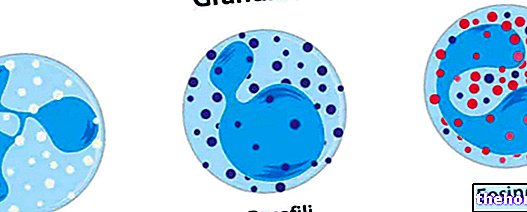
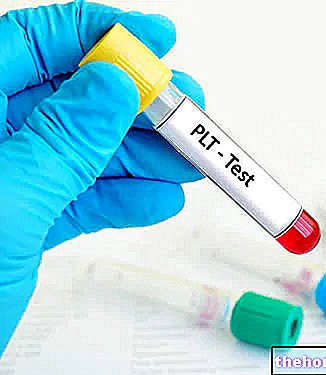
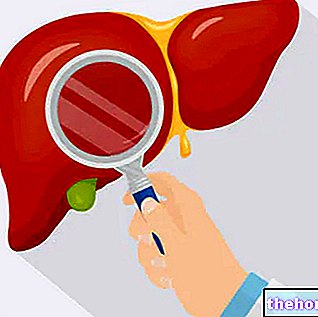

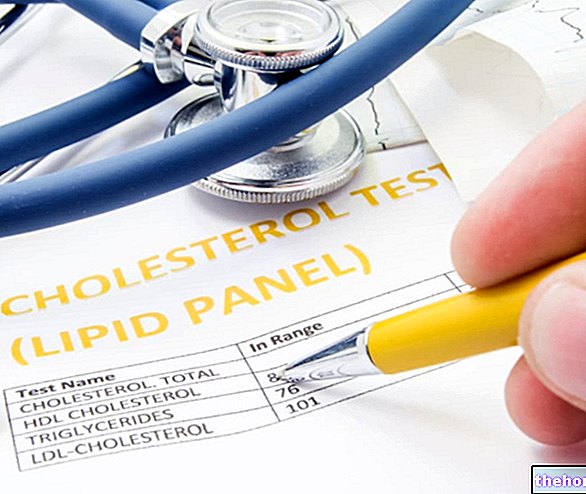
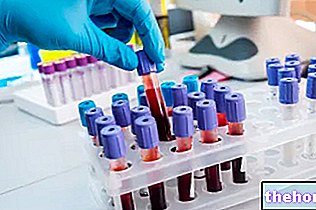









.jpg)











